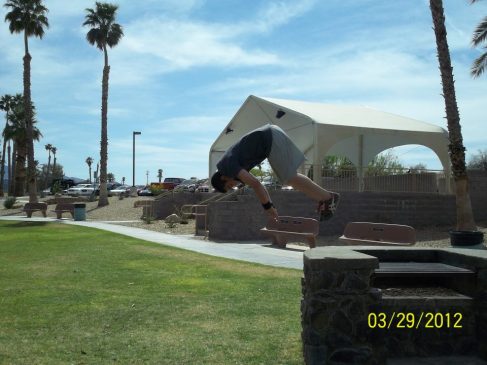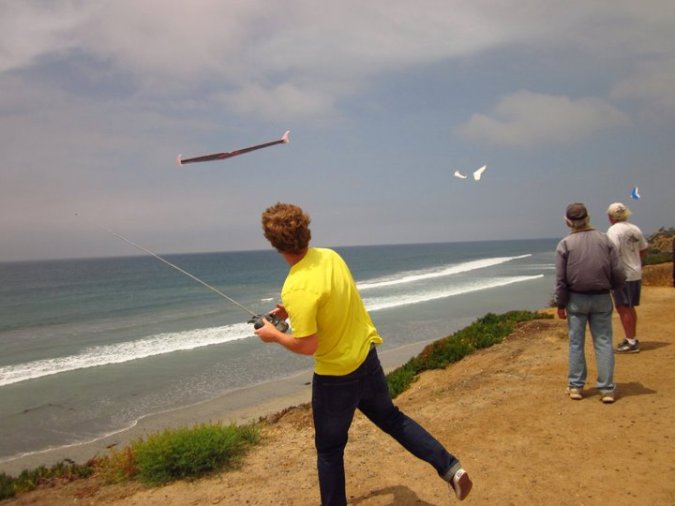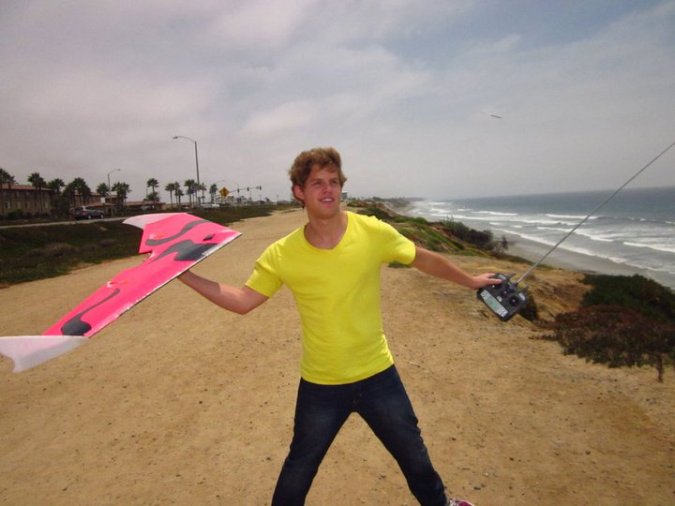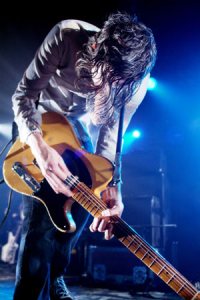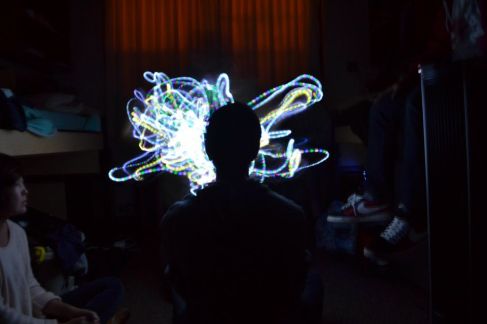Often the subject of ridicule, I had always viewed parkour and freerunning as somewhat ostentatious, that is, until my fifteen-year-old brother plunged into the sport and truly revealed its merit.
Parkour and Freerunning, as I soon learned, have very different objectives. Good old Wikipedia verifies that Parkour is more genuine in purpose, for the athlete strives to get from point A to point B in the shortest time and distance possible. This means, of course, climbing ten-foot walls, jumping from rooftop to rooftop, scaling edges of buildings, you name it. Freerunning, in contrast, has a somewhat similar objective of travel, but rather the priority is to look as cool as possible along the way, pulling tricks such as front flips, tunnel flips, and gainers off of the walls and roofs that they just climbed. An article on HubPages.com says it perfectly, Parkour focuses on the fluidity of movement, while Freerunning zones in on the creativity.
One thing that the sports do have in common, however, is that the successful athlete need be in top physical shape. Not anyone can catwalk a stairway railing or leap like a long-jump olympian.
The innovator of Parkour, George Hébert, observed indigenous peoples in Africa and admired their natural physical strength, brought upon by mastery of their environment. The word Parkour literally means, in French, “by means of course.” Ironically, however, as Parkour has progressed from a fitness strategy, to war tactics and finally to a personal sport, It has become more rebellious, as the setting is now urban and violation of social rules- such as the correct way to treat a brick wall, for example-is the hub of Parkour’s uniqueness.
My younger brother has, many times, been scolded for treating an urban setting like an obstacle course.
“I was trying to teach my friend, Tony, how to vault over a wooden railing, when a woman asked sarcastically if ‘this is our house.'”
Admirably, he has brushed off any criticism of his widely unrecognized passion. However, He became interested, ironically, through the ignorance of his generation.
“People used to shout ‘Parkour!’ in jest, so one day I decided to look up some Youtube videos,” Jacob says after landing a perfect tunnel flip on the trampoline.
The beauty of both Parkour and Freerunning, however, is that these are two sports that are non-competitive in nature. Several athletes in one space will notably encourage and teach their fellow athletes, rather than criticize or boast. My entire family looks forward to experiencing this environment in a couple days, when we will travel to Tempest Freerunning Academy for Jacob’s 16th Birthday.
